Trens bala per ample mètric
Posted: Thursday 01/07/2010 13:03
Si no ho he entès malament, hi ha trens d'alta velocitat que circulen per via mètrica?
Fòrum del transport català
https://transport.cat.marguas.com/

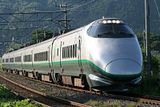
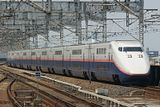

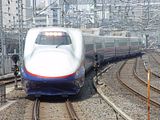
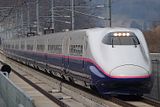


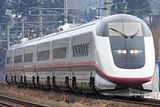
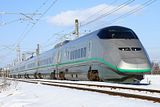
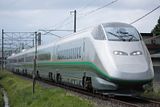






New airport express stokes railway rivalry
Masataka Morita / Yomiuri Shimbun Staff Writer
Narita Sky Access, a new express train service connecting central Tokyo and Narita International Airport, will begin operating on Saturday.
Operated by Keisei Electric Railway Co., the service travels between Nippori and Narita Airport stations in as little as 36 minutes, about 15 minutes less than existing express trains.
The fastest of East Japan Railway Co.'s Narita Express services, for instance, take about 50 minutes to reach the airport from central Tokyo.
To combat the rival service, JR recently introduced new, feature-laden cars to its Narita Express trains.
Competition between the two companies is intensifying as they try to attract people who would otherwise use buses or private transport to get to the airport.
Sky Access trains will travel a 51.4-kilometer route, part of which will be along the recently built Narita Rapid Railway Access Line--a change from the route taken by Keisei's current Skyliner Airport Express trains, which run on the Keisei Line.
Keisei plans to provide a total of 54 Sky Access services to and from the airport every day.
The Sky Access fare from Nippori Station to the airport is 2,400 yen, which is 480 yen higher than the Skyliner fare but less than the 2,940 yen fare for a Narita Express from Tokyo Station.
Sky Access trains can reach a maximum speed of 160 kph--the fastest among trains that run on conventional tracks--assisted by the lack of crossings on its newly built parts of the route.
Keisei hopes that extensively remodeled facilities at Nippori Station, which enable easy transfer between Sky Access and JR trains, will attract customers from western Tokyo and Saitama and Ibaraki prefectures.
JR President Satoshi Seino said Narita Express trains have the advantage of directly connecting the airport with more places--including JR Yokohama, Tachi-kawa and Omiya stations--meaning fewer passengers have to change trains.
"Passengers can remain seated until they arrive at the airport," he said.
New cars introduced by JR this month have wider seats and, to court businesspeople, are equipped with electric power outlets for personal computers.
Both companies hope to persuade more people to take trains rather than buses or cars. In a survey conducted by the airport in March, 56 percent of respondents traveled to the airport by bus or car, while 39 percent came by train.
One reason for the imbalance is that many international tourists use direct bus services between their hotel and the airport.
Keisei plans to start another new service on Saturday, offering 23 Access Limited Express trains a day connecting Narita and Haneda airports via the Toei Asakusa Line.
The service may not appeal to people on a tight schedule, however, as the journey takes about 100 minutes.
The Land, Infrastructure, Transport and Tourism Ministry envisions the two airports operating as a single hub for the Tokyo metropolitan area, but major access problems must be solved if the ministry's concept is to be realized.
(Jul. 16, 2010)






















Exacte. Mentre a Tòquio tenim dues línies competint en rapidesa i confort, a Barcelona el metro i rodalia competeixen en lentitud.Nozomi wrote:Vamos, igualito que aquí
Así que mientras voy terminando el especial sobre los trenes de alta velocidad de JR EAST empezaré la serie "corredores ferroviarios en Japón".metring wrote: Pregunta: les infraestructures al Japó són així d'escarransides, també?
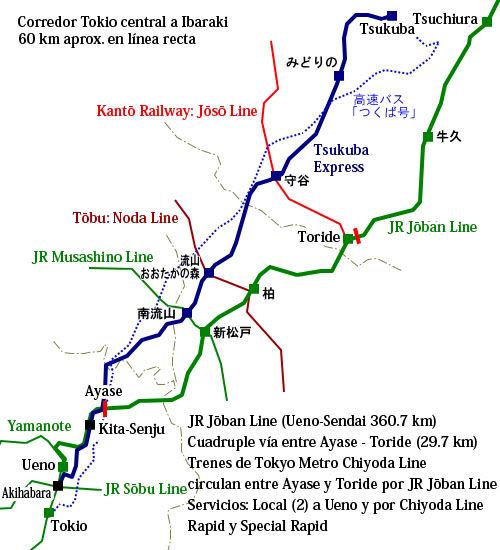
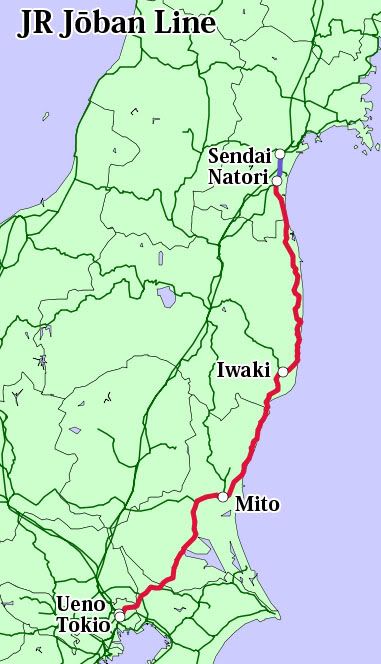

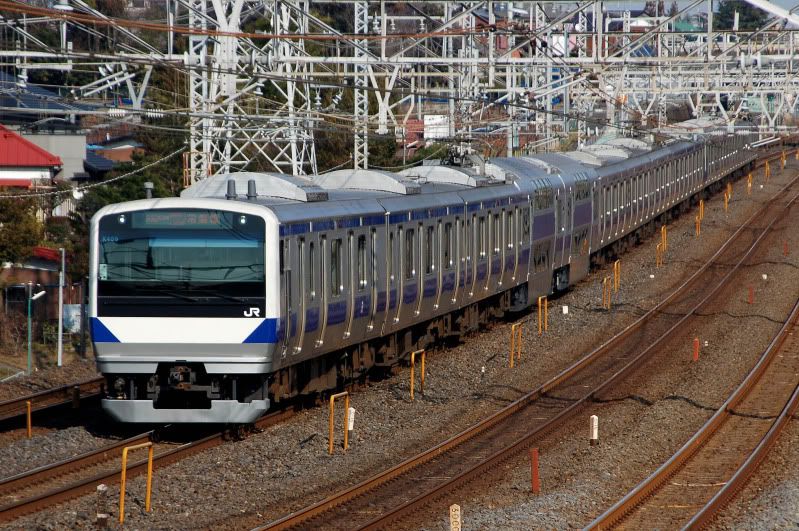
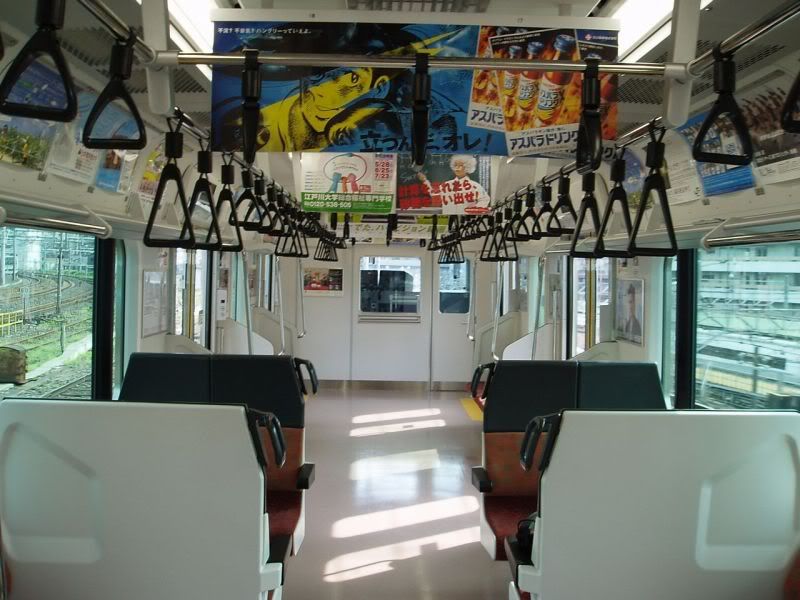
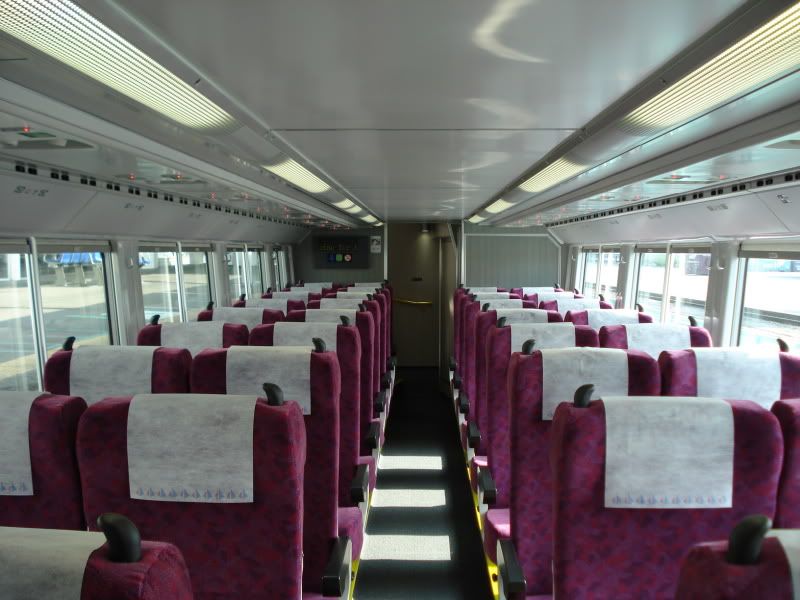
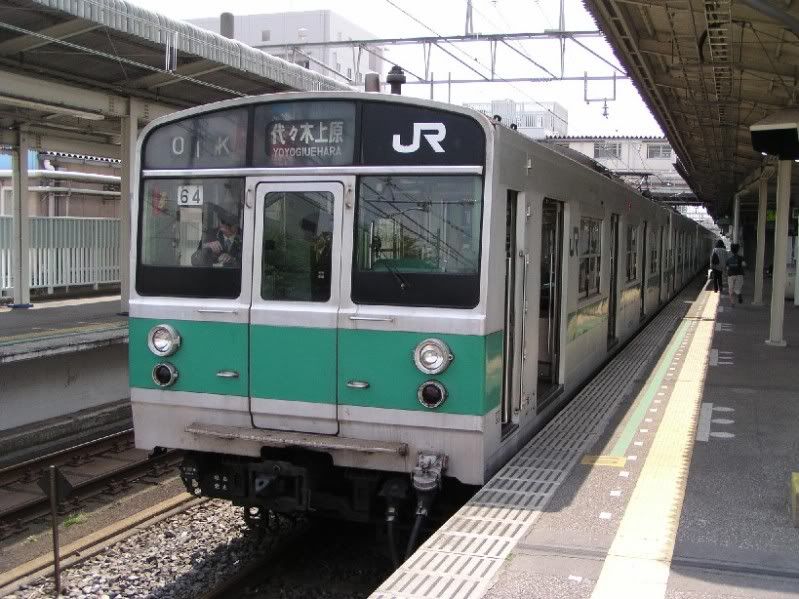
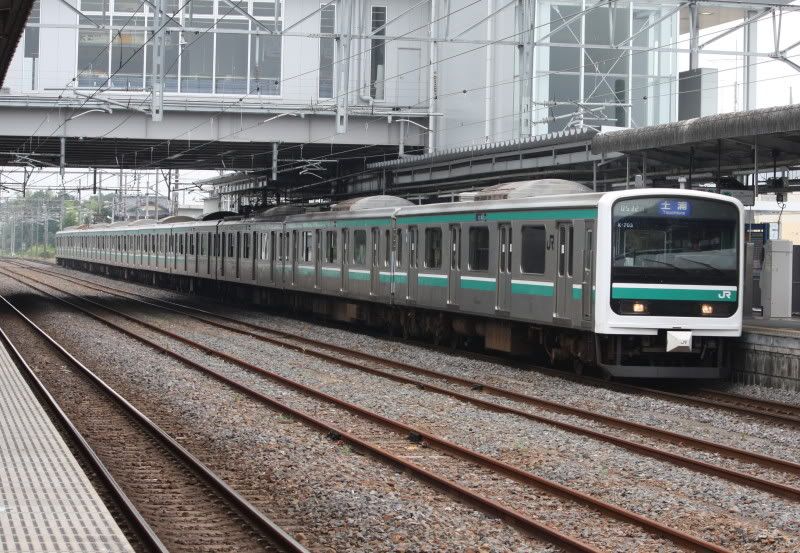
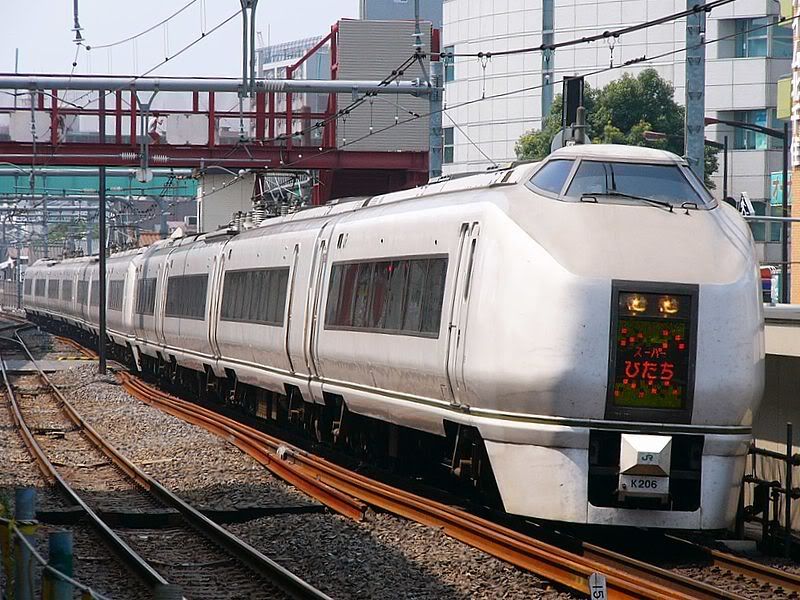
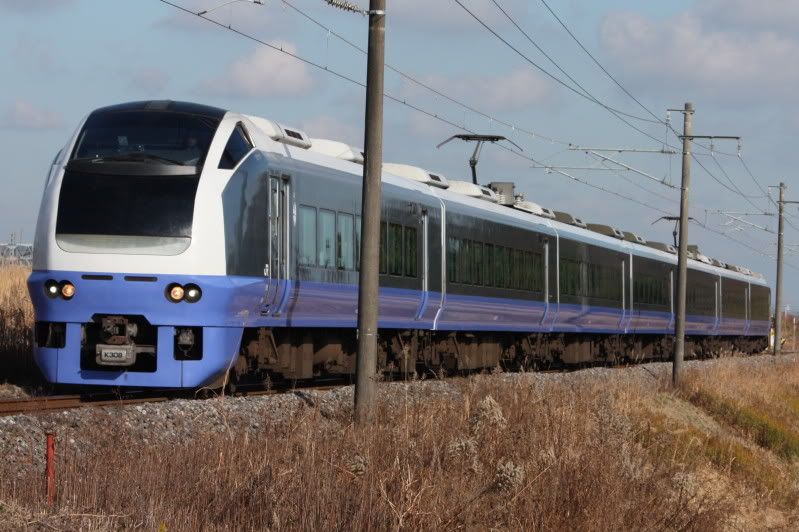
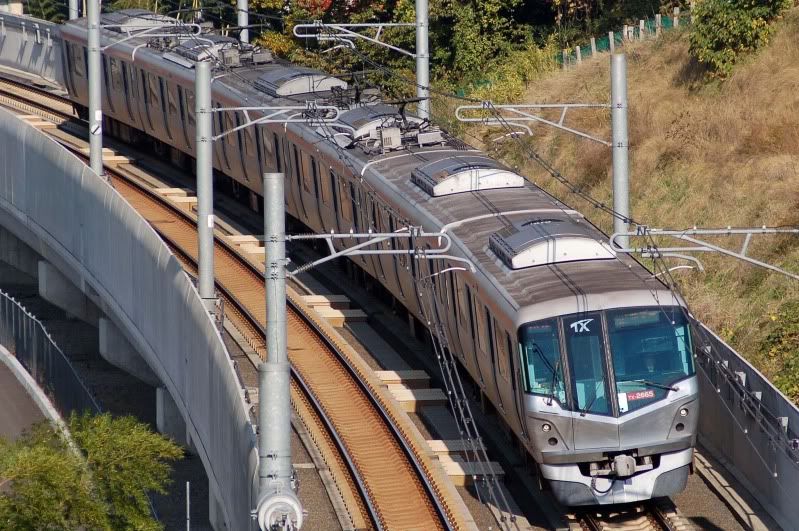
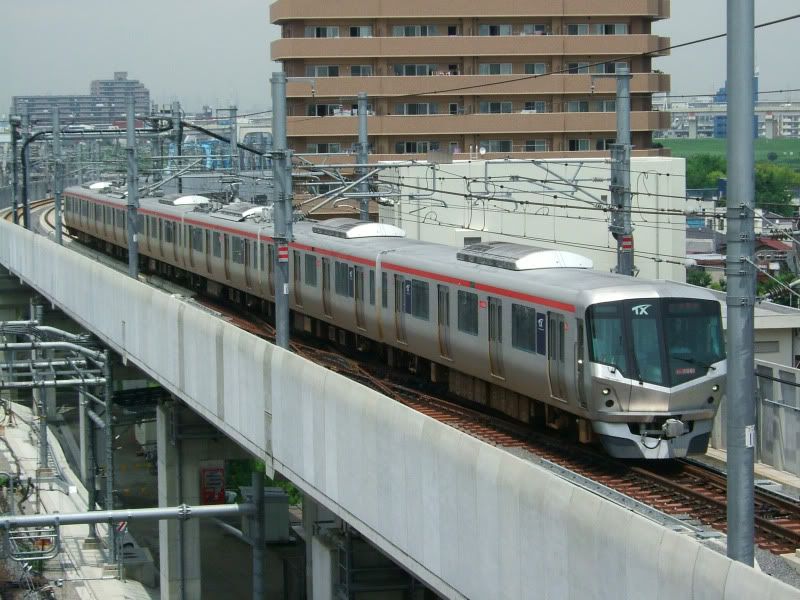

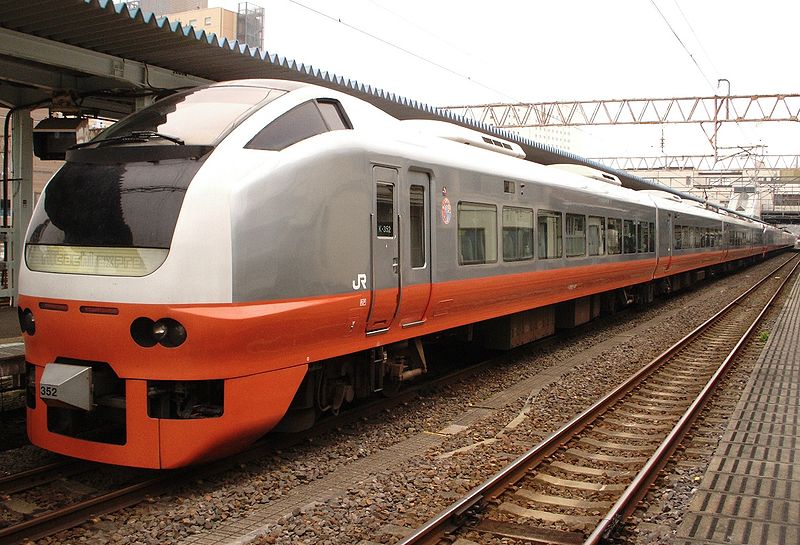

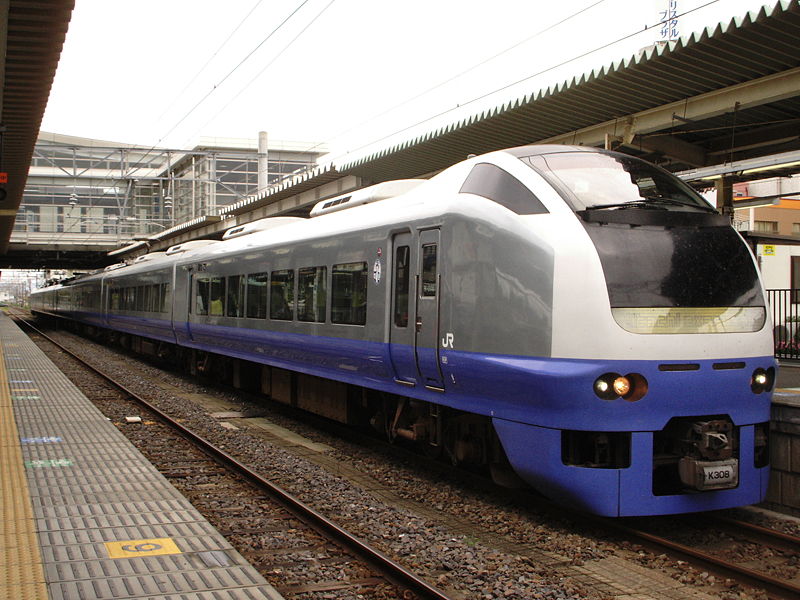

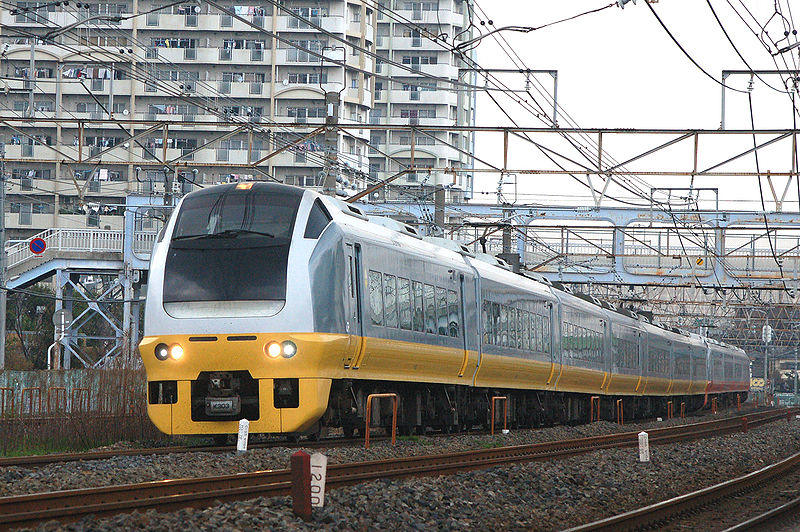

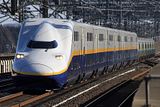
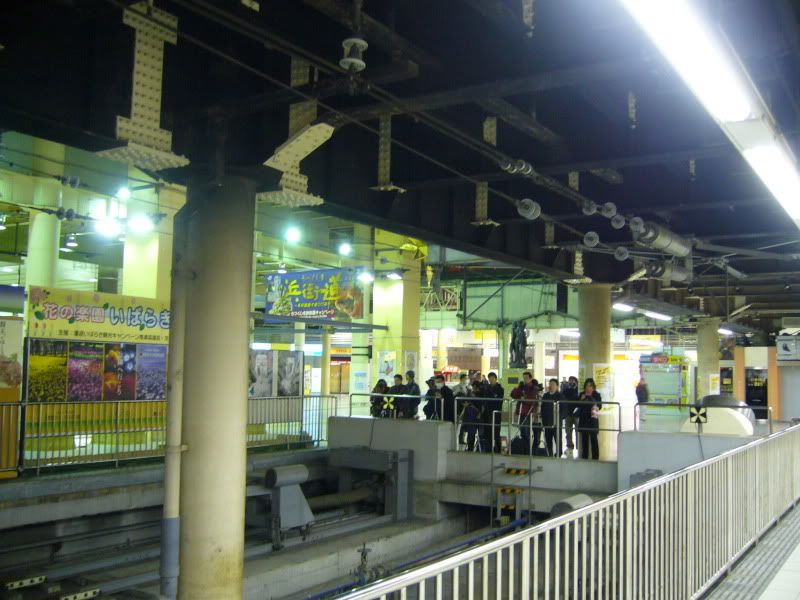

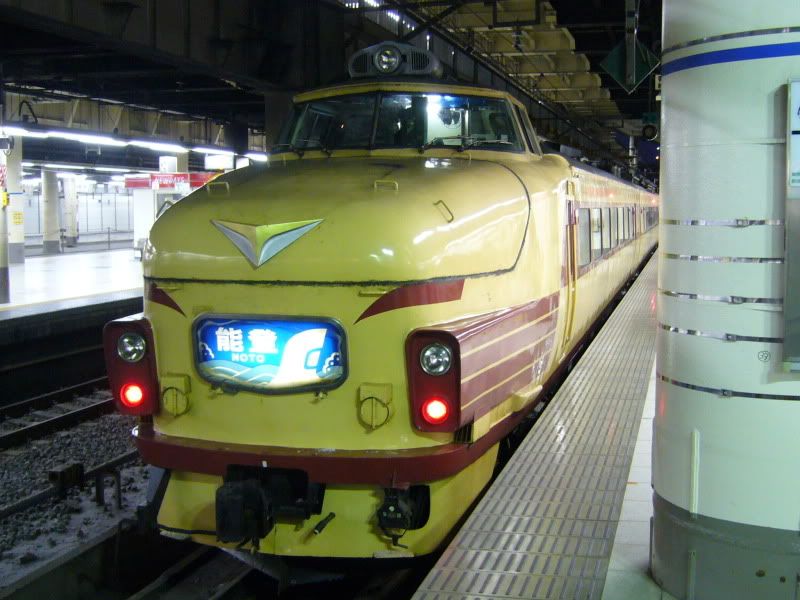
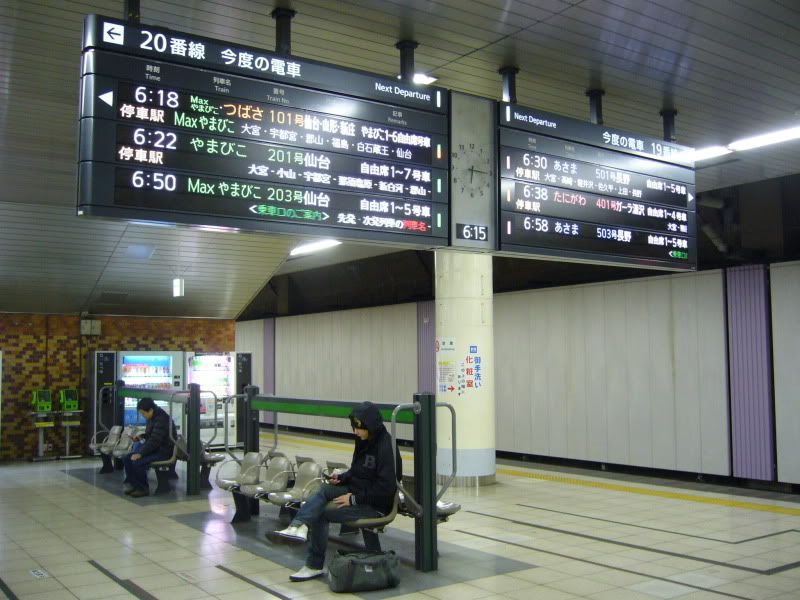
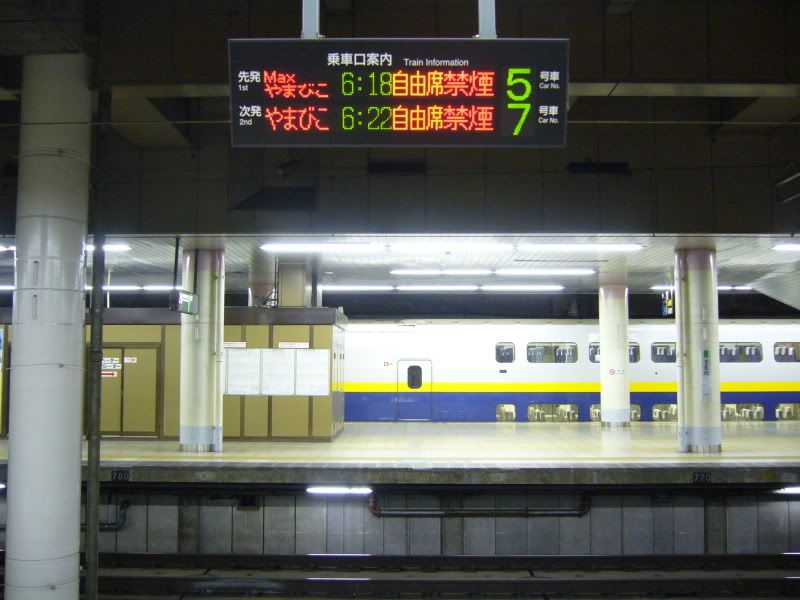
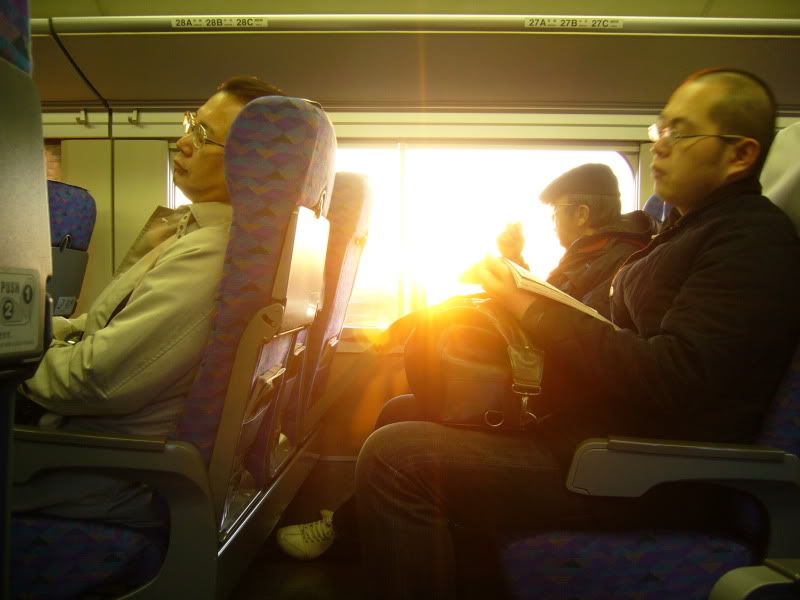


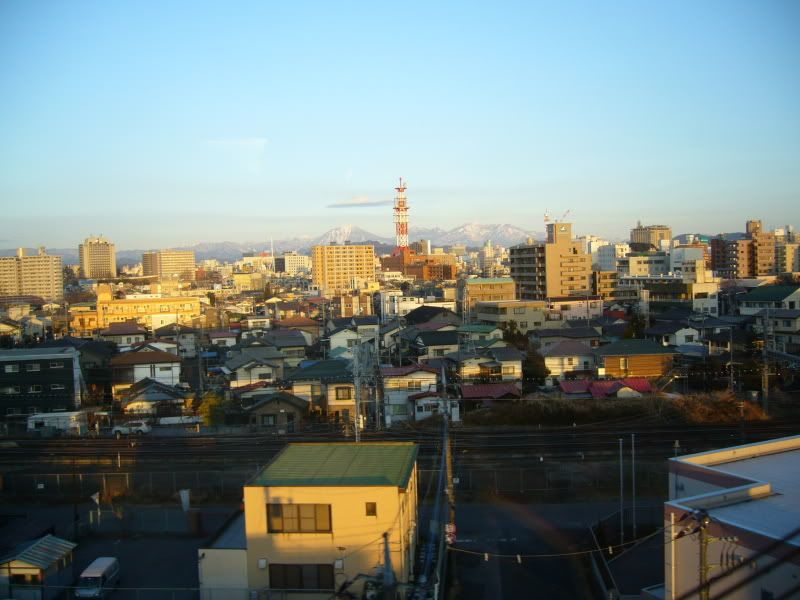
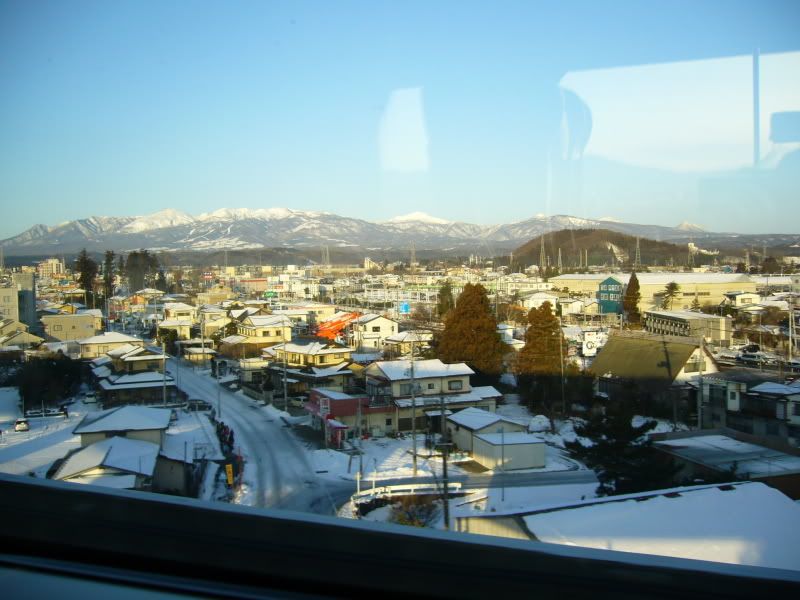
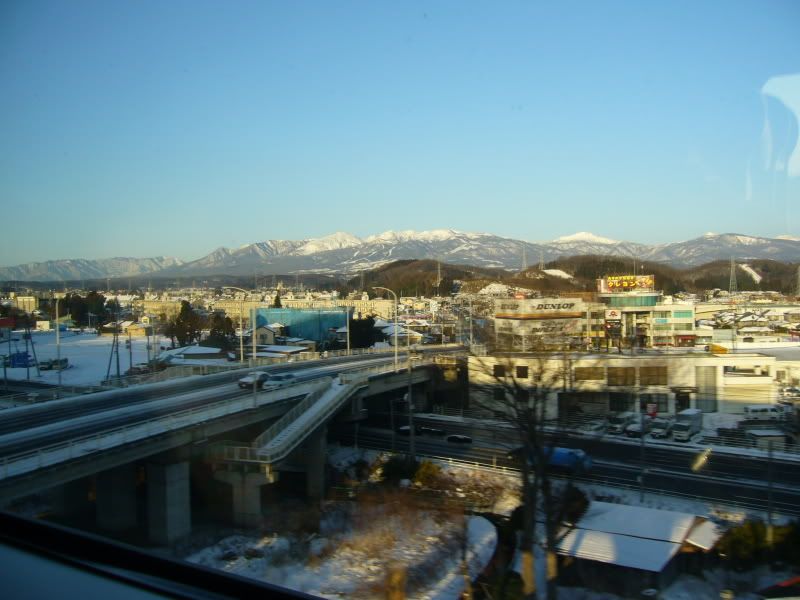
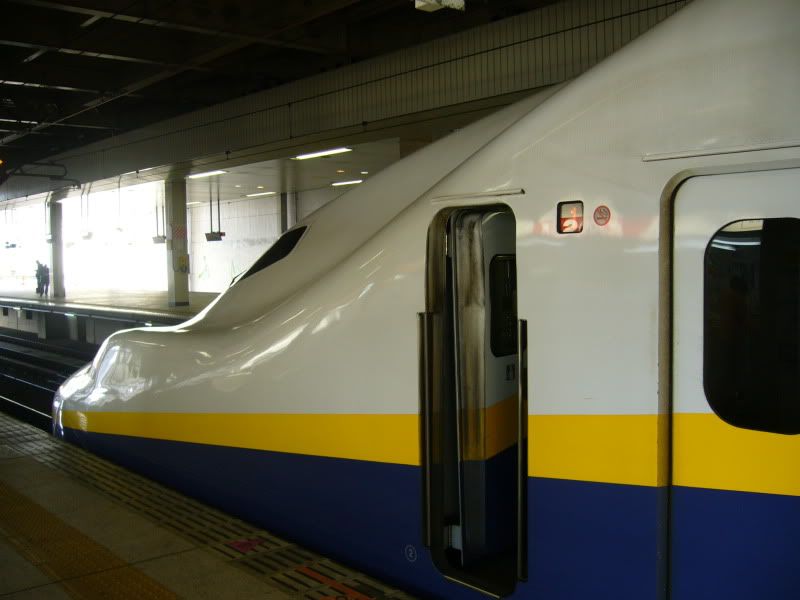

Por fin lo encontré. Salida de un Nozomi N700 Superexpress destino Hiroshima de la estación de Tokio. Se puede observar el "paisaje" que no es ferroviario porque las vías convencionales están en la otra parte, pero se puede ver el Tokyo Monorail que va al aeropuerto de Haneda. Más adelante se ven algunos cruces de vías a distinto nivel.aim wrote:No tindràs pas un vídeo d'això?Nozomi wrote:És curiós com augmenta la velocitat de forma sobtada fent un soroll tipus transformació a "Super-Guerrer" () i la frenada la fa molt ràpida però suau.
Segons Railroad Gauge Width, Japó te 25315 Km de línies d'ample 1067 mm (3' 6") i 2503 Km de línies d'ample normal 1435 mm (4' 8 ½").Jacob.CH wrote:L'ample mètric que dieu és el de 1097mm, o és simplement d'1 metre d'ample?